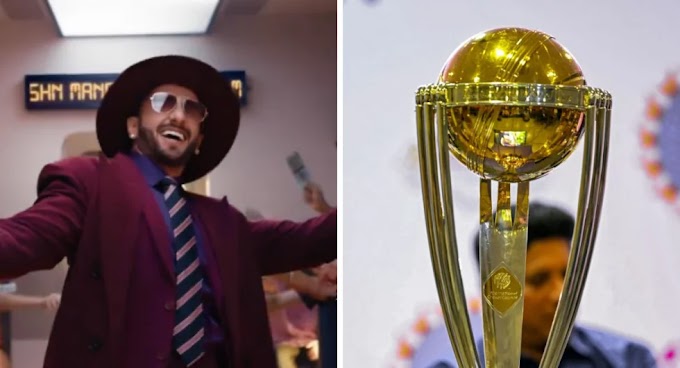When is the National Day of the UAE?
How long until UAE National Day? | ||
| This holiday next takes place in 24 Days. | ||
Dates of UAE National Day | ||
| Year | Weekday | Date |
|---|---|---|
| 2020 | Wednesday | December 2nd |
| 2019 | Monday | December 2nd |
| 2018 | Sunday | December 2nd |
| 2017 | Saturday | December 2nd |
| 2016 | Friday | December 2nd |
Duration | ||
| 1 Day | ||
Summary | ||
| Commemorates formal nationalisation from the British Protectorate Treaties on 2 December 1971 | ||
Also known as 'Al-Eid Al Watani', this holiday is celebrated on 2 December.
It is generally a two day holiday, with 3 December also a holiday but the second date for the holiday may fall before or after 2 December depending on what day of the week 2 December falls on.
As is often the case in the United Arab Emirates, public sectors may get a longer public holiday break for this holiday than workers in the private sector.
History of the National Day of the UAE
The holiday commemorates the United Arab Emirate's formal nationalisation from the British Protectorate Treaties as a result the expiration of a British treaty on 2 December 1971. This lead to the eventual, federal unification of seven sheikhdoms in the former Trucial States in 1971 to form the modern-day country. The first president of the federation was Sheikh Zayed bin Sultan Al Nahyan.
Schools in the U.A.E. celebrate National Day by holding national events and celebrations where local children will dress up in the cultural "thoub and "kandoora" and perform the "youlah" and folkloric dances and organize cultural contests.
The United Arab Emirate's Flag
The United Arab Emirate's flag was also adopted on 2 December 1971 and hoisted by the first president to formally declare the establishment of the United Arab Emirates as an independent country.
It was designed by a young Emirati, Abdullah Mohammed Al Maainah, who entered a competition to design the new flag. His flag was chosen from over 1000 entries.
The flag displays three equal horizontal bands of green, white and black respectively from the top downwards, while the vertical strip of red is next to the mast. The four colours are meant to reflect Arabian unity inspired by an Arabic poem by Safiul Din Al Holi. The poet wrote about the hard-fought historical battles of the land, with deeds and intentions that were benign (white), but the vigour of the battles were strong (black), while the lands were vast and green, and the gallant swords were stained with red blood.




0 Comments